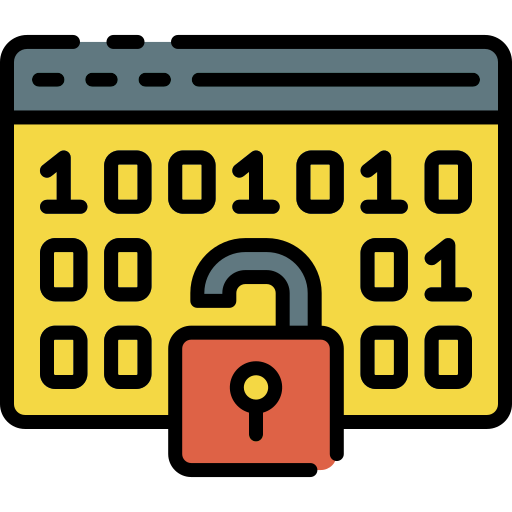Password Attack

A password attack is a type of cyberattack where an attacker tries to gain unauthorized access to a system, account, or network by cracking or stealing passwords. Since passwords are often the weakest link in security, attackers use various methods to guess, steal, or bypass them. Password attacks aim to gain unauthorized access to accounts or systems by exploiting weak credentials. These attacks can compromise sensitive data and lead to further security breaches.
Common Types of Password Attacks#
- Brute Force Attack – Automated attempts to guess a password by trying multiple combinations.
- Dictionary Attack – Using a predefined list of commonly used passwords to break into accounts.
- Credential Stuffing – Using leaked username-password pairs from previous breaches to gain access to multiple accounts.
- Keylogging – Capturing keystrokes to steal login credentials.
- Phishing – Deceiving users into providing passwords via fake emails, messages, or websites.
- Man-in-the-Middle (MITM) Attack – Intercepting communication between a user and a system to steal credentials.
- Rainbow Table Attack – Using precomputed hash values to crack password hashes.
- Password Spraying – Trying a few common passwords against many accounts to avoid detection.
Examples of Password Attacks#
Example 1: Brute Force Attack on a Web Login#
An attacker uses a script to try thousands of password combinations on an online login page until they find the correct one.
Example 2: Credential Stuffing from a Data Breach#
A user reuses the same password across multiple sites. When one of these sites suffers a breach, attackers use the stolen credentials to access other accounts.
Example 3: Phishing Attack via Email#
A user receives an email that appears to be from their bank, prompting them to log in via a fake website where their credentials are stolen.
Example 4: Keylogger Installed on a Device#
Malware infects a user's computer, recording every keystroke and sending login details to an attacker.
Example 5: Password Spraying on Corporate Accounts#
An attacker tries commonly used passwords (e.g., "Password123") against thousands of employee accounts, hoping some will work.
Mitigating the Risk of Password Attacks#
1. Enforce Strong Password Policies#
- Require long, complex passwords with a mix of uppercase, lowercase, numbers, and symbols.
- Implement password expiration policies to prompt regular updates.
2. Enable Multi-Factor Authentication (MFA)#
- Require an additional verification step, such as a one-time code or biometric authentication.
- Use app-based authentication instead of SMS-based verification for added security.
3. Detect and Prevent Automated Attacks#
- Implement rate limiting to block repeated login attempts.
- Use CAPTCHA challenges to prevent bots from guessing passwords.
4. Monitor and Block Compromised Credentials#
- Integrate services that check against known breached credentials.
- Notify users when their credentials appear in leaked databases.
5. Educate Users on Phishing Risks#
- Train employees to recognize phishing attempts and suspicious emails.
- Encourage users to verify links before entering credentials.
6. Use Secure Password Storage and Hashing#
- Store passwords using strong hashing algorithms (e.g., bcrypt, Argon2, PBKDF2).
- Implement salting to prevent rainbow table attacks.
7. Restrict Login Attempts and Implement Account Lockout#
- Lock accounts temporarily after multiple failed login attempts.
- Implement user notifications for failed login attempts.
8. Develop an Incident Response Plan#
- Establish protocols for detecting and responding to password-related security incidents.
- Encourage users to report suspicious login activity.
By implementing these best practices, organizations can strengthen security, reduce exposure to password attacks, and protect sensitive user credentials.